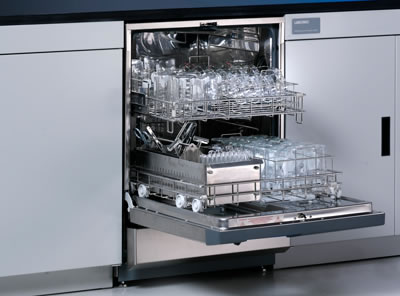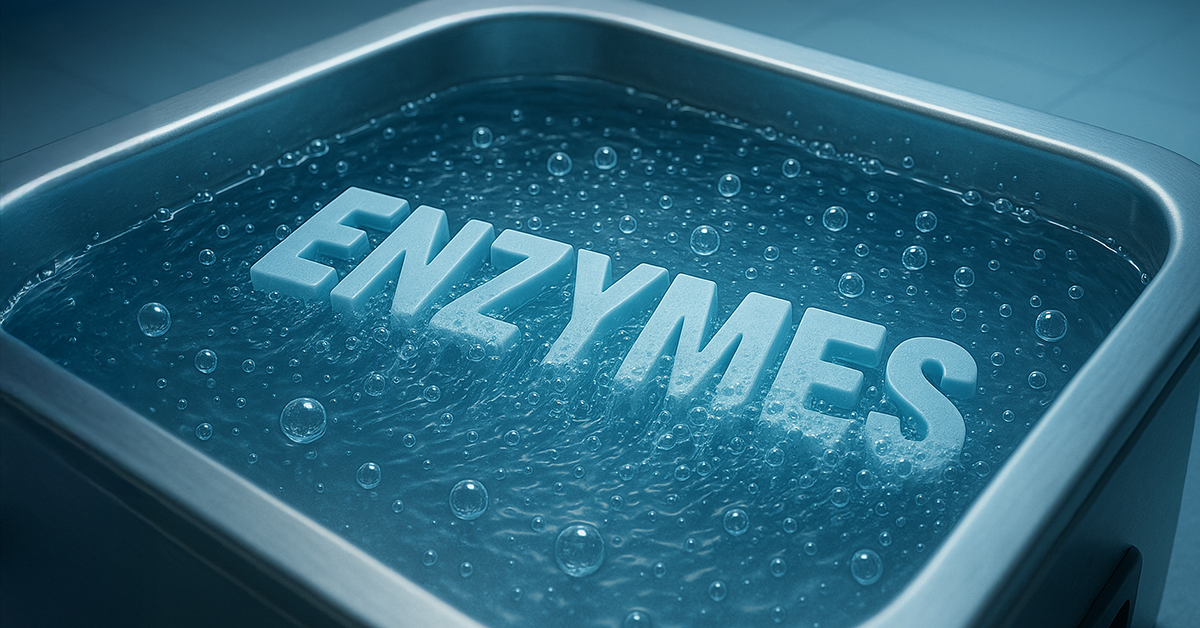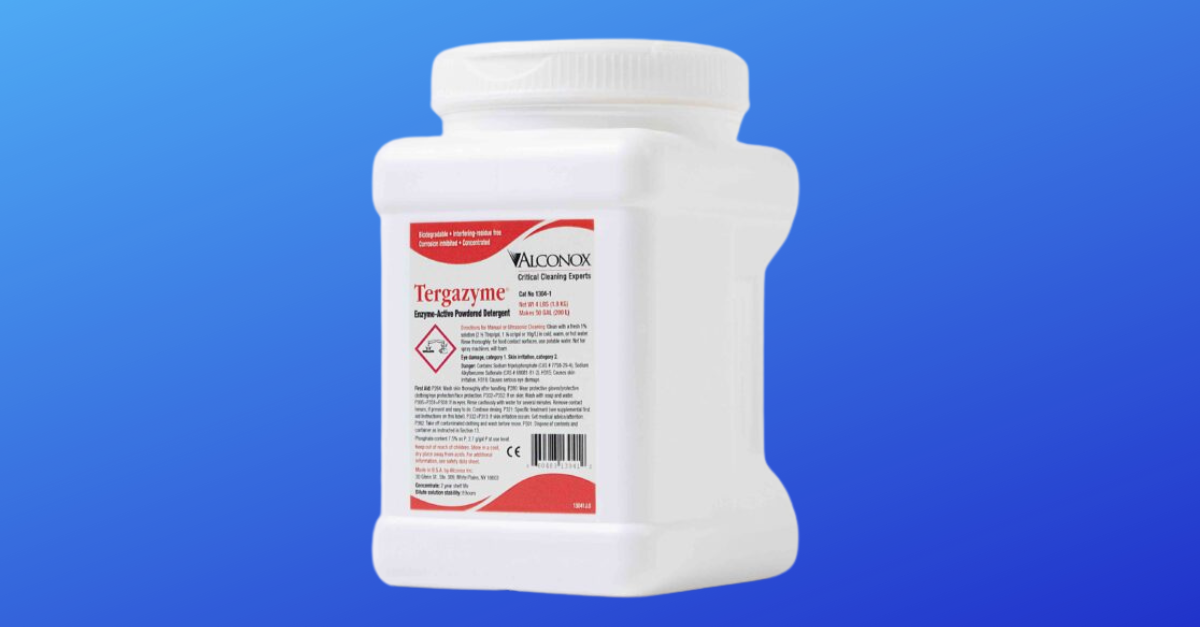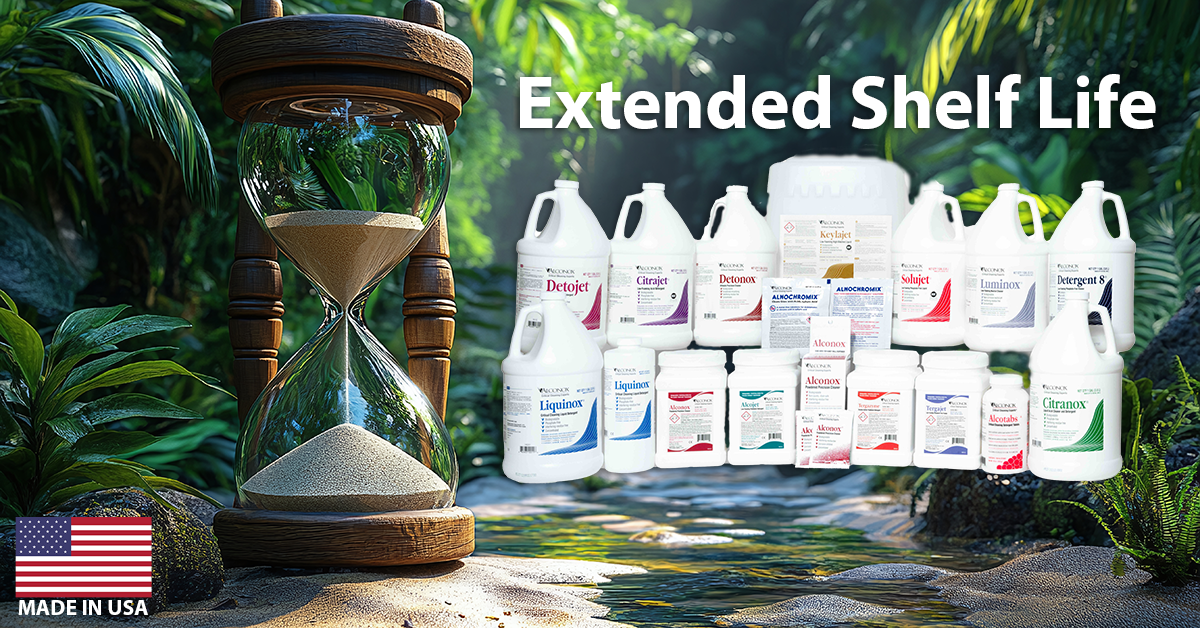
Q. Sometimes glassware is not getting clean because of insoluble pharmaceuticals. The glassware washer adds 35ml of 1% w/v Alcojet into the washer, washes for 3min at 95C, and then adds 35ml of 2% v/v Citrajet into the washer to neutralize. Rinse with warm water and then with RO water. The lab deals with pharmaceutical analyses and a lot of insoluble APIs and all glassware is washed in the glassware washer. Please advise.
A. For best results removing water insoluble pharmaceutical residues in a labware washer there are several factors to pay attention to:
1) Be sure to load glassware separated from other glassware in a way that will not trap wash solution between pieces of touching glassware.
2) Be sure to load glassware tilted in a position that will drain all surfaces so as to avoid any upturned “cup” that will retain wash solution and carry it in the rinse cycle where it gets redeposited all over other glassware – a classic example of this happens when you load a graduated cylinder straight upright and the base of the cylinder holds wash solution – it is best to load graduated cylinders at a bit of an angle.
3) The combination of Solujet followed by Citrajet is an excellent combination of alkaline and acid detergent and rinse that can remove a very wide range of pharmaceutical residues from alkaline soluble oils to acid labile starches, steroids and n-heterocyclics.
4) The first water rinse after the Solujet should be a hot rinse so that any emulsified residues are successfully rinsed away. If a cold water rinse is used, the cold rinse with break the emulsion in the droplets of SOLUJET solution on the glassware and will redeposit those residues. After the first rinse, any subsequent RO rinses do not need to be heated. Using heated rinses will allow evaporative drying to occur faster, but for cleaning purposes it is not required, and finally
5) It helps to pay attention to glassware before it is washed – ideally do not allow glassware to sit around and dry on residues. It is best practice to put dirty glassware in to a soak solution of mild detergent such as 1% Liquinox (10 mL/L) with the glassware completely submerged while the glassware is waiting to be loaded in to the dishwasher. Even just soaking in plain water can help avoid drying residues on to glassware which makes it easier for the glassware washer to succeed.
Also if there are large gross amounts of residue, it helps to pre-rinse or scrape out some of the heavier amounts of residues before loading the glassware in to the washer. For more information, see the Alconox Labware Washer Guide. For more detergent information click on Solujet or Citrajet.



